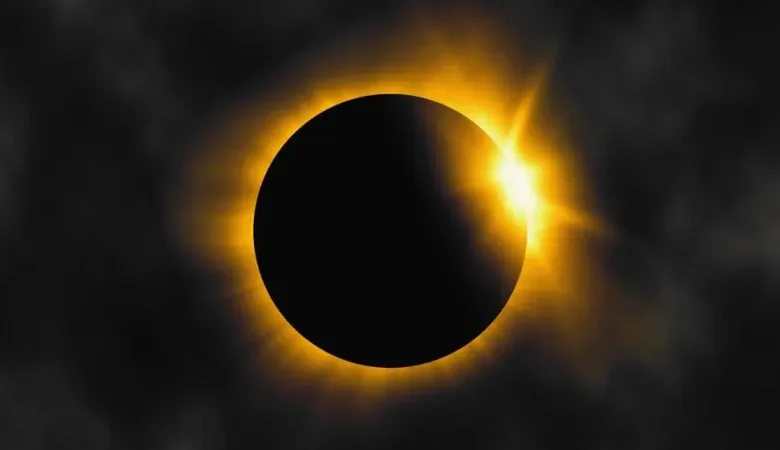The upcoming solar eclipse of 2024… Will the darkness last for 3 days?

As the eagerly anticipated total solar eclipse approaches on April 8, astronomers highlight a fascinating aspect: this event is not merely a standalone occurrence but rather part of a recurring cycle, last witnessed over half a century ago in 1970, and projected to repeat in 2078.
Set to cast a swath of darkness across the landscape, the total solar eclipse has garnered widespread anticipation, drawing both casual observers and seasoned scientists alike. With only a matter of days left until the event, preparations are underway across the country.
When the moon’s central shadow hurtles across North America at a breathtaking speed of over 1,500 mph (2,400 km/h) during the April 8 total solar eclipse, the ensuing spectacle promises to be both exceptional and emblematic of a cyclic phenomenon.
This path of totality, referring to the moon’s dark shadow traversing Earth’s surface, will be relatively narrow, spanning just 115 miles (185 kilometers) in width. It will cut through various regions of Mexico, the United States, and Canada.
Only those situated within this path will witness the extraordinary darkness during daylight hours, accompanied by drops in temperature and altered behavior among nocturnal animals.
Furthermore, within this corridor, observers will have the rare opportunity to gaze directly at the sun’s striking corona during totality. (Note: caution is advised, and certified solar eclipse glasses should be worn when observing the sun except during totality.
Numerous pages and accounts across social media platforms in multiple languages worldwide have spread deceptive assertions about the impending eclipse. These include claims suggesting a duration of three days, during which the Earth would be plunged into darkness. However, these assertions are riddled with inaccuracies and exaggerations.
According to NASA, the American space agency, the eclipse will solely be observable in North America, traversing through Mexico, the United States, and Canada. Consequently, it will not blanket the entire Earth in darkness.
While for most of the estimated 40 million individuals residing in the path of totality, this event will be a once-in-a-lifetime experience, solar eclipses are part of a broader, cyclical phenomenon operating on timescales far exceeding human lifespans.
All solar eclipses belong to families known as Saros. Approximately every 223 lunar orbits around Earth, a nearly identical moon shadow is cast onto the planet’s surface, resulting in an eclipse. This cycle equates to 6,585.3 days, or roughly 18 years, 11 days, and 8 hours, according to NASA.










